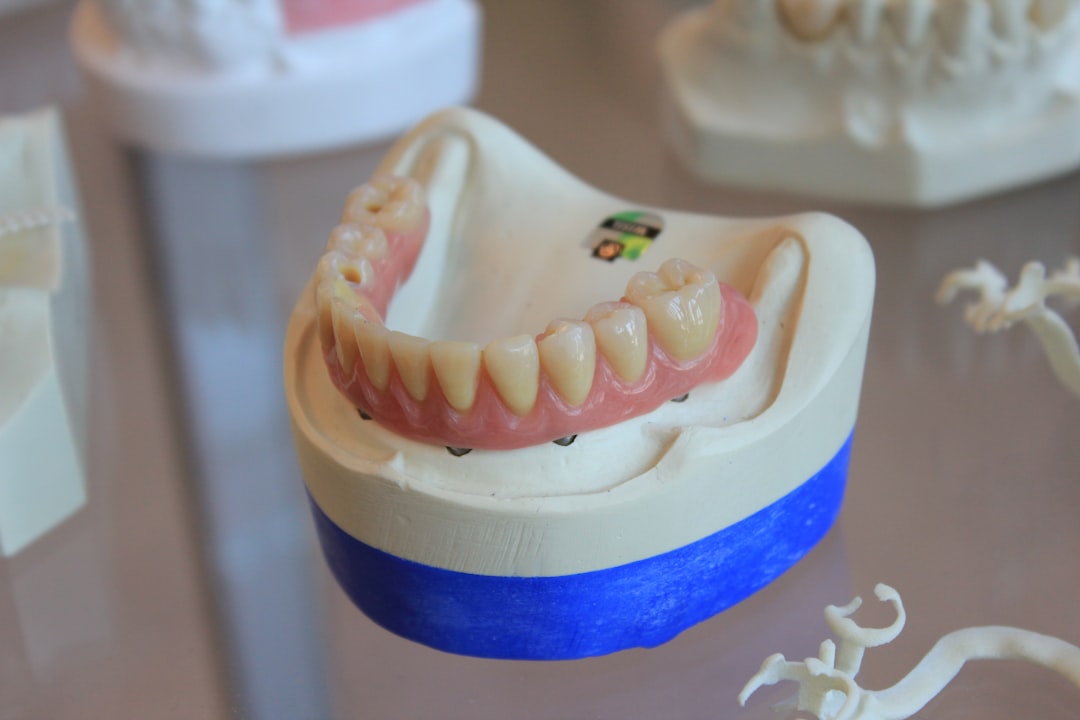What is it about?
Sepsis is a life-threatening condition that arises when the body’s response to an infection injures its own tissues and organs. Sepsis contributes to up to half of all hospital deaths. Antibiotics are the only treatment currently available for sepsis. Mesenchymal stem cells (MSCs) are cells that can be obtained from bone marrow or umbilical cord. In this study we demonstrate how MSCs could be used as a treatment for sepsis. MSCs help the body's own white cells to fight infection, by encouraging the 'eating' of bacteria. Eating and killing of bacteria occurs inside specialised white blood cells called macrophages. MSCs send a signal to macrophages to eat and kill bacteria inside the cell. Damaging inflammation is limited by this signalling between MSCs and macrophages.
Featured Image
Why is it important?
Sepsis is a life-threatening condition that arises when the body’s response to an infection injures its own tissues and organs. Sepsis contributes to up to half of all hospital deaths. Antibiotics are the only treatment currently available for sepsis. Mesenchymal stem cells could be used as an additional treatment to antibiotics.
Perspectives
This work shows how stem cells can be used in sepsis, and highlights a mechanism that could be enhanced in stem cells to make them even more potent at killing bacteria and improving survival in sepsis.
Gerard Curley
Royal College of Surgeons in Ireland
Read the Original
This page is a summary of: Mesenchymal stem cells enhance NOX2-dependent reactive oxygen species production and bacterial killing in macrophages during sepsis, European Respiratory Journal, March 2018, European Respiratory Society (ERS),
DOI: 10.1183/13993003.02021-2017.
You can read the full text:
Contributors
The following have contributed to this page










